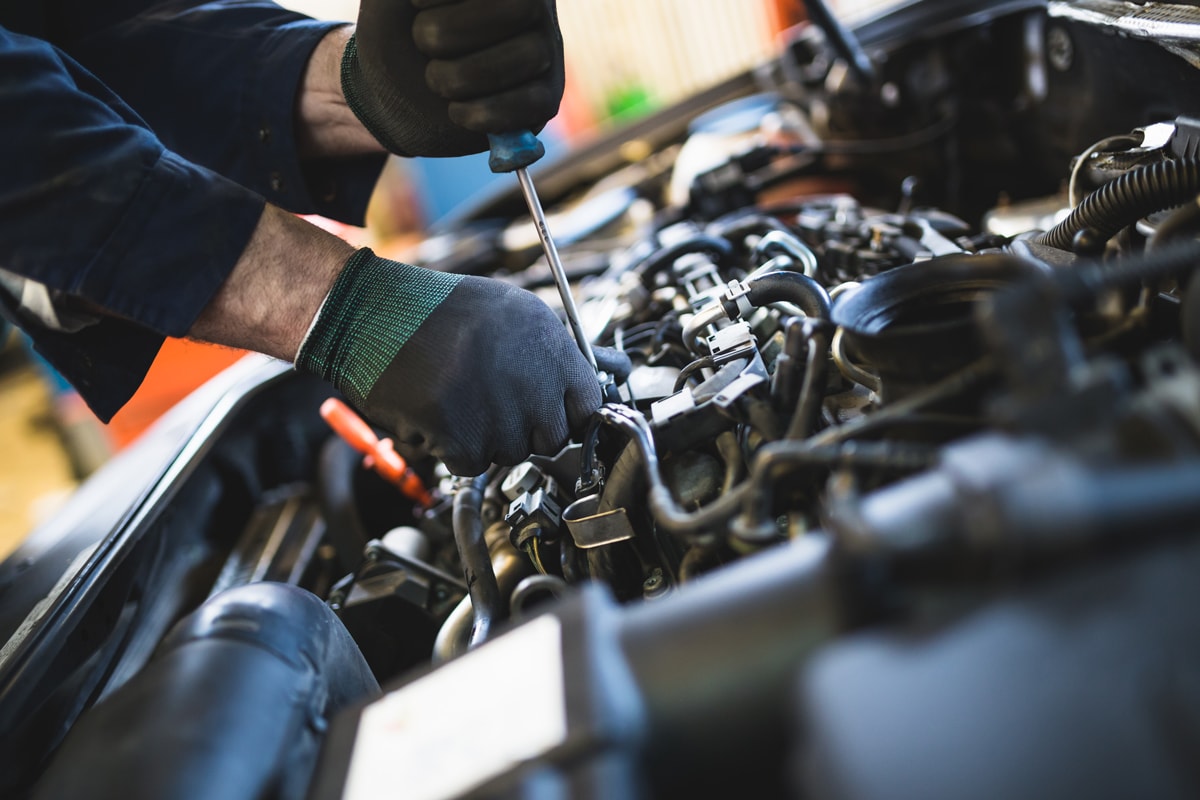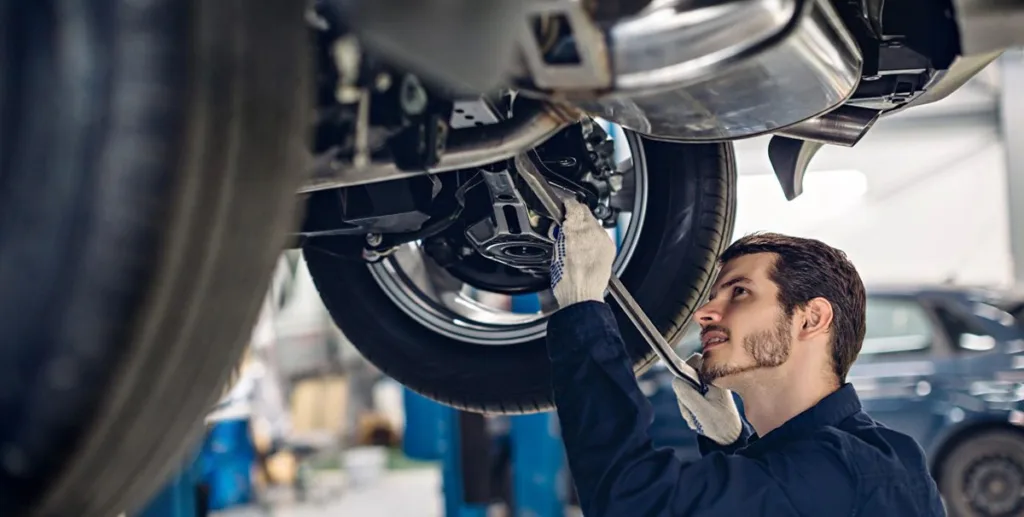All Categories
Featured

The check engine light (CEL) is just one of one of the most important caution systems in your auto, yet it commonly creates complication or stress for several chauffeurs. Understanding what this light represents and how to manage it can conserve you time, money, and unneeded stress and anxiety. This overview provides a summary of what sets off the CEL, its prospective implications, and the steps you must take when it brighten.
What Does the Inspect Engine Light Indicate? The CEL belongs to your cars and truck's onboard diagnostics system (OBD), which keeps an eye on engine efficiency and exhausts. When the system detects an issue that needs your focus., it illuminates.
Solid Light: Signals a non-urgent problem however one that need to be attended to soon, such as a sensor breakdown or emissions-related problem. Flashing Light: Suggests a crucial problem like an engine misfire. Driving in this problem can cause serious damages, so immediate action is required. Common Root Causes Of the Examine Engine Light. The CEL can illuminate for a wide variety of factors, some minor and others much more severe. Here are several of the most frequent causes:

Loosened or Damaged Gas Cap:
A loose gas cap can compromise the fuel system, triggering the CEL. Checking and tightening up the cap is a very easy initial step when the light begins. Faulty Oxygen Sensing Unit:
This sensing unit keeps an eye on the air-to-fuel ratio in your engine. A breakdown can lower gas performance and increase discharges. Malfunctioning Catalytic Converter:
The catalytic converter helps in reducing unsafe exhaust discharges. Disregarding various other engine concerns, like misfires, can lead to catalytic converter damages. Ignition System or Ignition Coil Concerns:
These components are essential for starting and running your engine smoothly. Routine maintenance can prevent wear and failure. Mass Air Movement Sensor Problems:
This sensor measures the amount of air getting in the engine to make sure ideal performance. A filthy or defective sensing unit can decrease efficiency and power. Actions to Take When the Check Engine Light Begins. Inspect the Gas Cap:
If the light transforms off after driving a couple of miles,See and tighten up the cap. Observe the Automobile's Actions:
Note any type of uncommon signs like harsh idling, reduced power, or unusual sounds. Scan the Codes:
Make use of an OBD-II scanner to fetch problem codes kept in your car's computer. Numerous vehicle parts shops offer this service for complimentary. Check Out a Mechanic:

If the light stays on or is blinking, take your lorry to a professional for an in-depth medical diagnosis. Preventing Check Engine Light Issues. Aggressive upkeep is the most effective means to stay clear of CEL problems. Adhere to these pointers:
Adhere To a Routine Upkeep Set Up: Modification your oil, replace filters, and check spark plugs in a timely manner. Examine the Gas Cap: Replace harmed caps to avoid leakages in the gas system. Use Quality Fuel: Poor-quality gas can contribute to sensor and exhausts problems. Why Prompt Action Issues. Ignoring the CEL can lead to extra severe troubles, such as engine damage or expensive repair work. A small issue like a loose gas cap can snowball into a major cost if disregarded.
Verdict. The check engine light is a necessary tool for keeping your vehicle's wellness. By comprehending its purpose and responding promptly, you can stay clear of unneeded fixings and maintain your car running efficiently. The next time the CEL comes on, remember to remain tranquil, examine the essentials, and get in touch with a professional if needed.
Latest Posts
Preventative Maintenance at Montclare Auto Repair: Maintain Your Vehicle Operating Like New
Published Apr 21, 25
2 min read
Your Nearest Vision Center South Awaits with Professional Eye Care
Published Apr 21, 25
2 min read
Enjoy Summer Season at The Docks
Published Apr 20, 25
1 min read
More
Latest Posts
Preventative Maintenance at Montclare Auto Repair: Maintain Your Vehicle Operating Like New
Published Apr 21, 25
2 min read
Your Nearest Vision Center South Awaits with Professional Eye Care
Published Apr 21, 25
2 min read
Enjoy Summer Season at The Docks
Published Apr 20, 25
1 min read